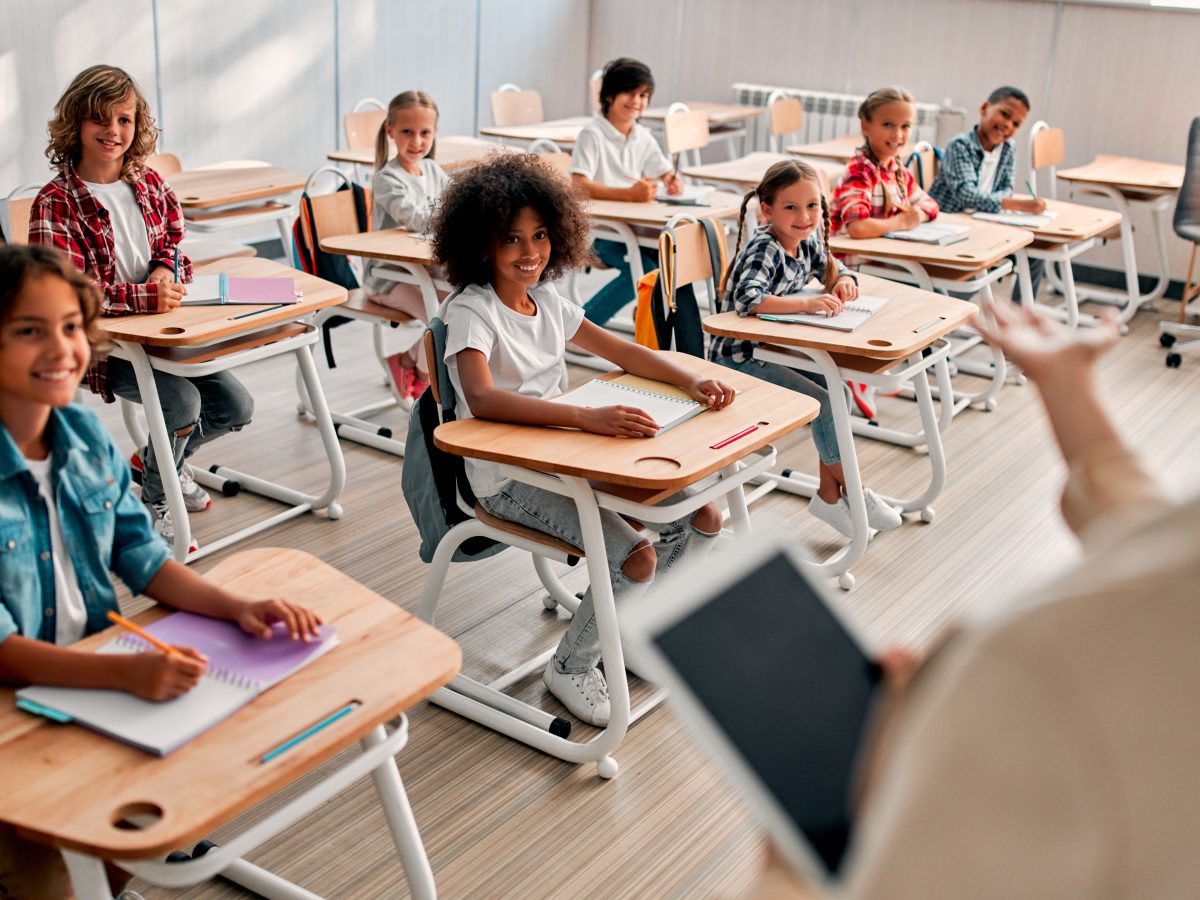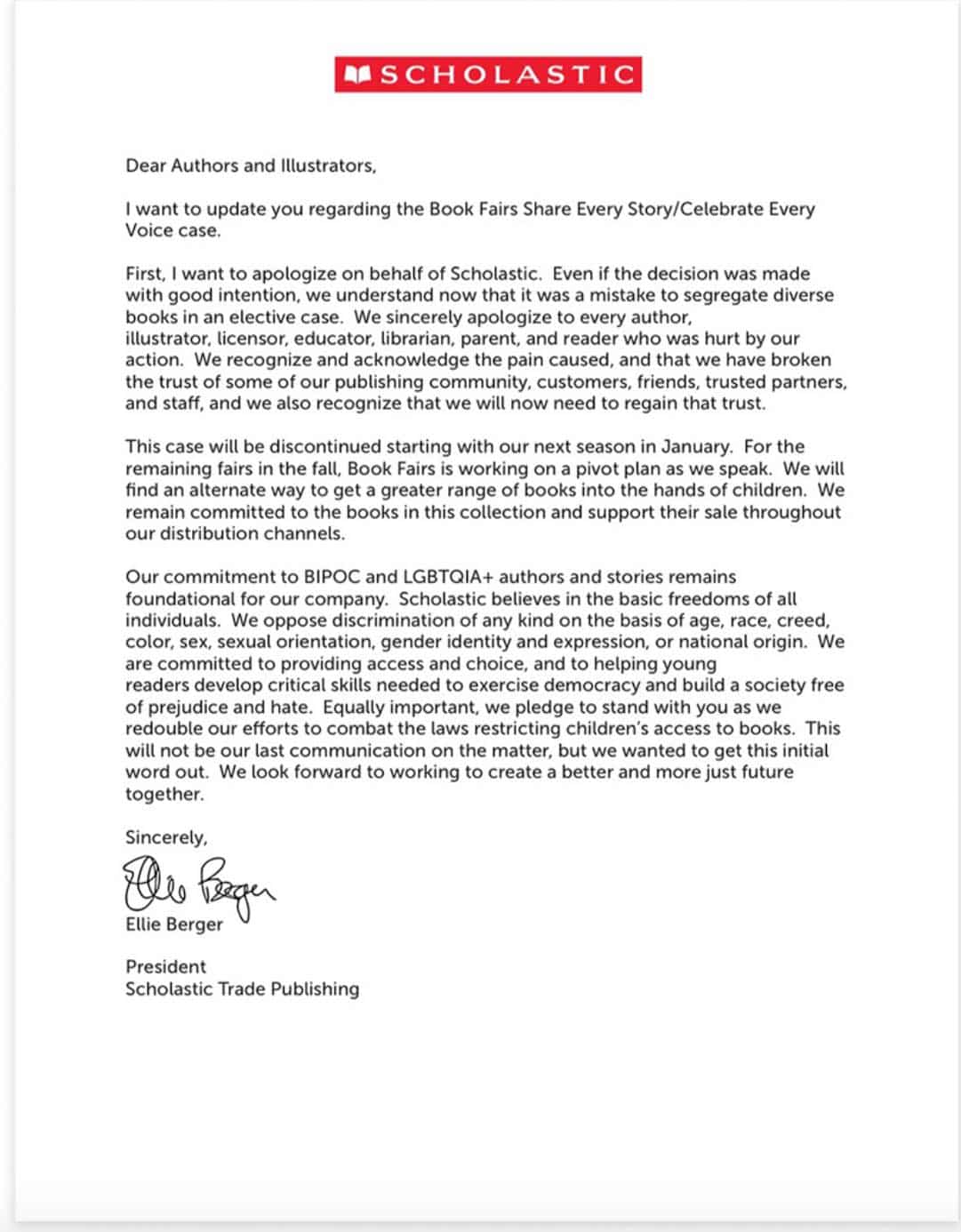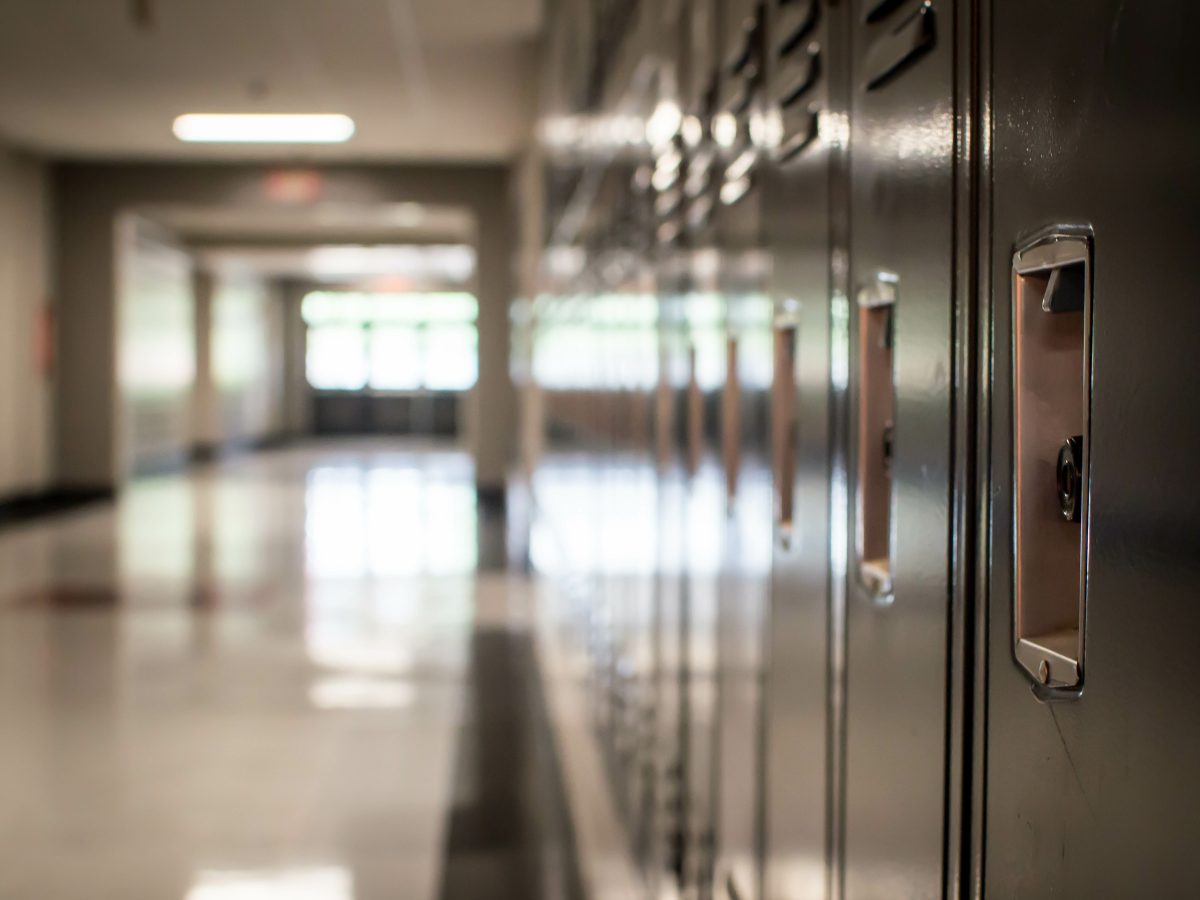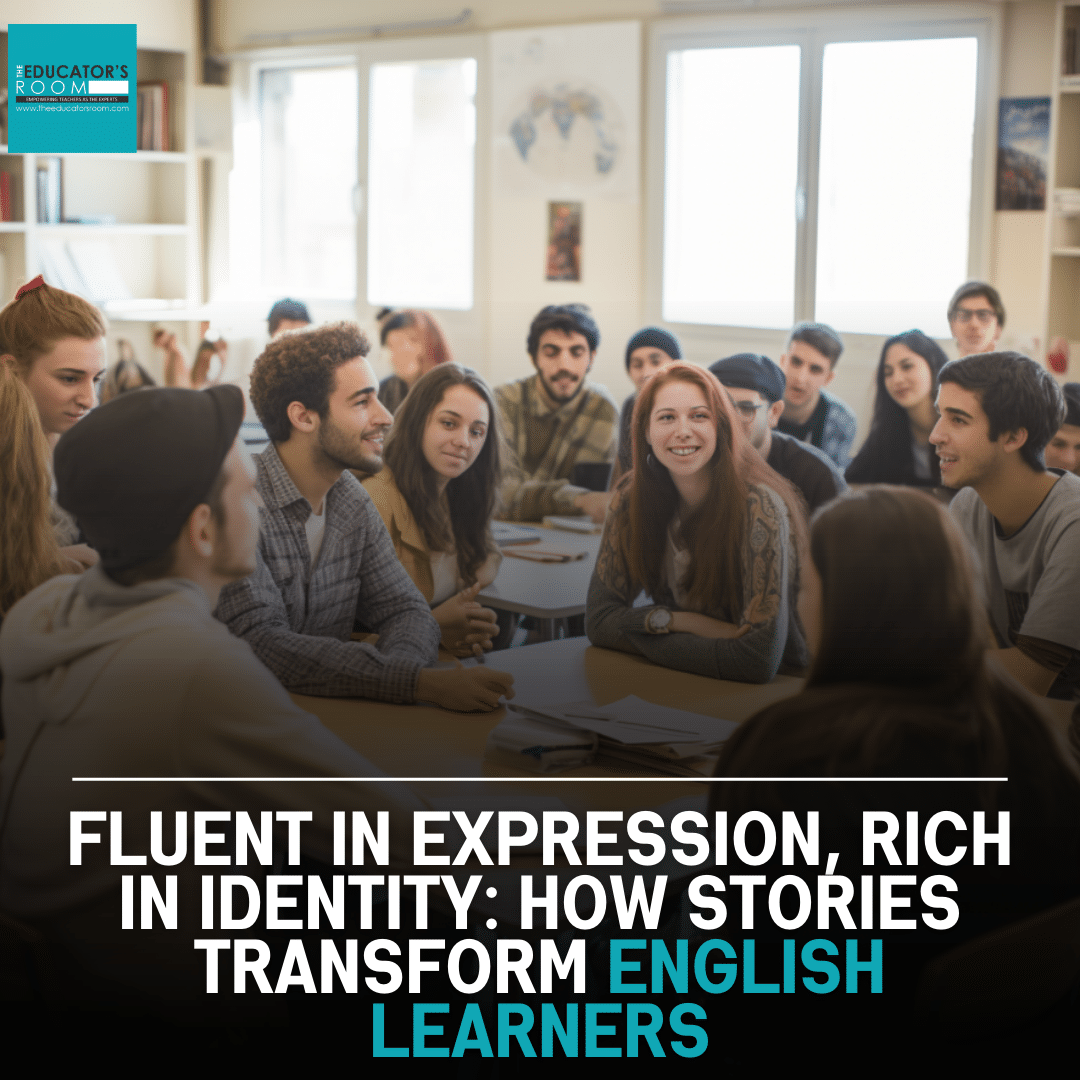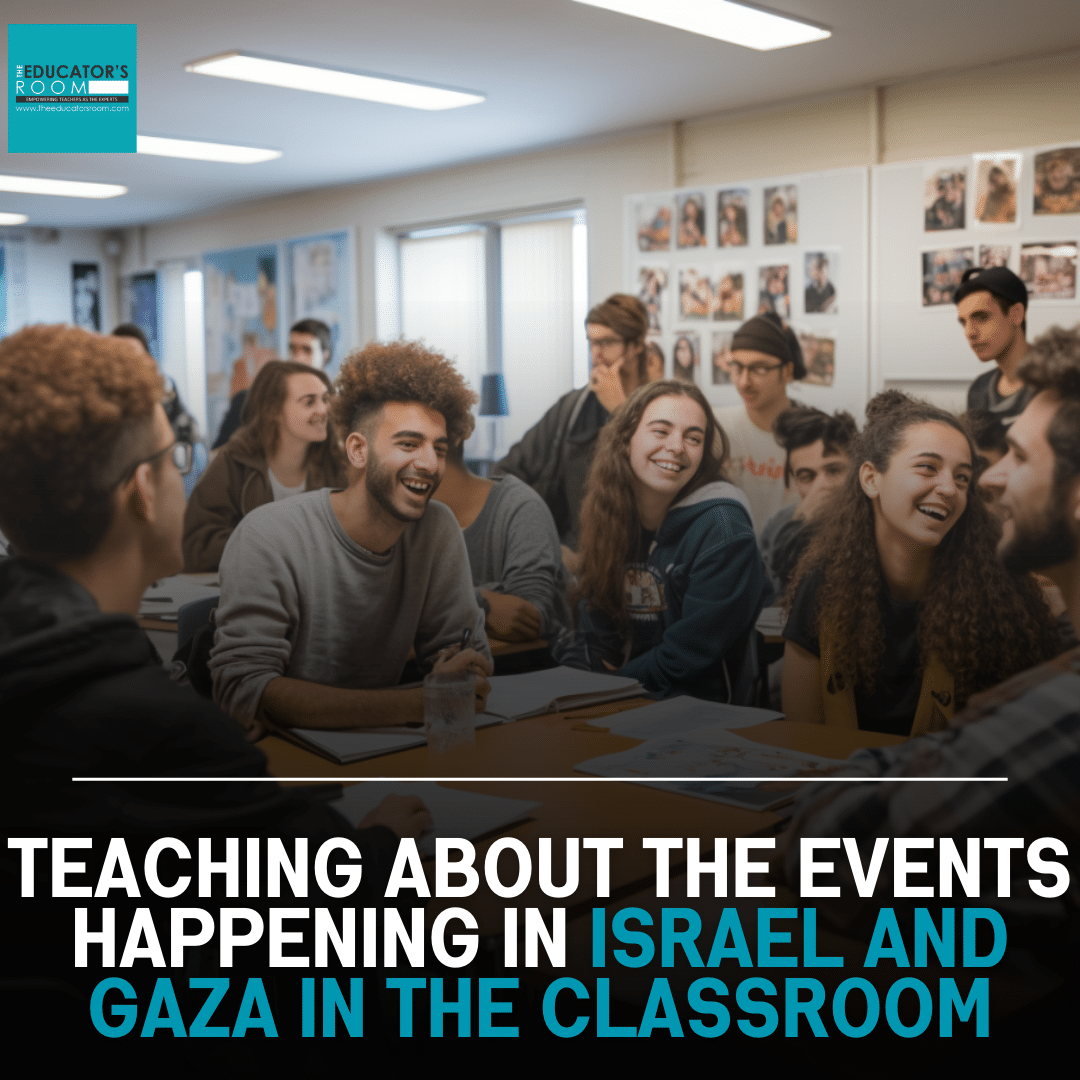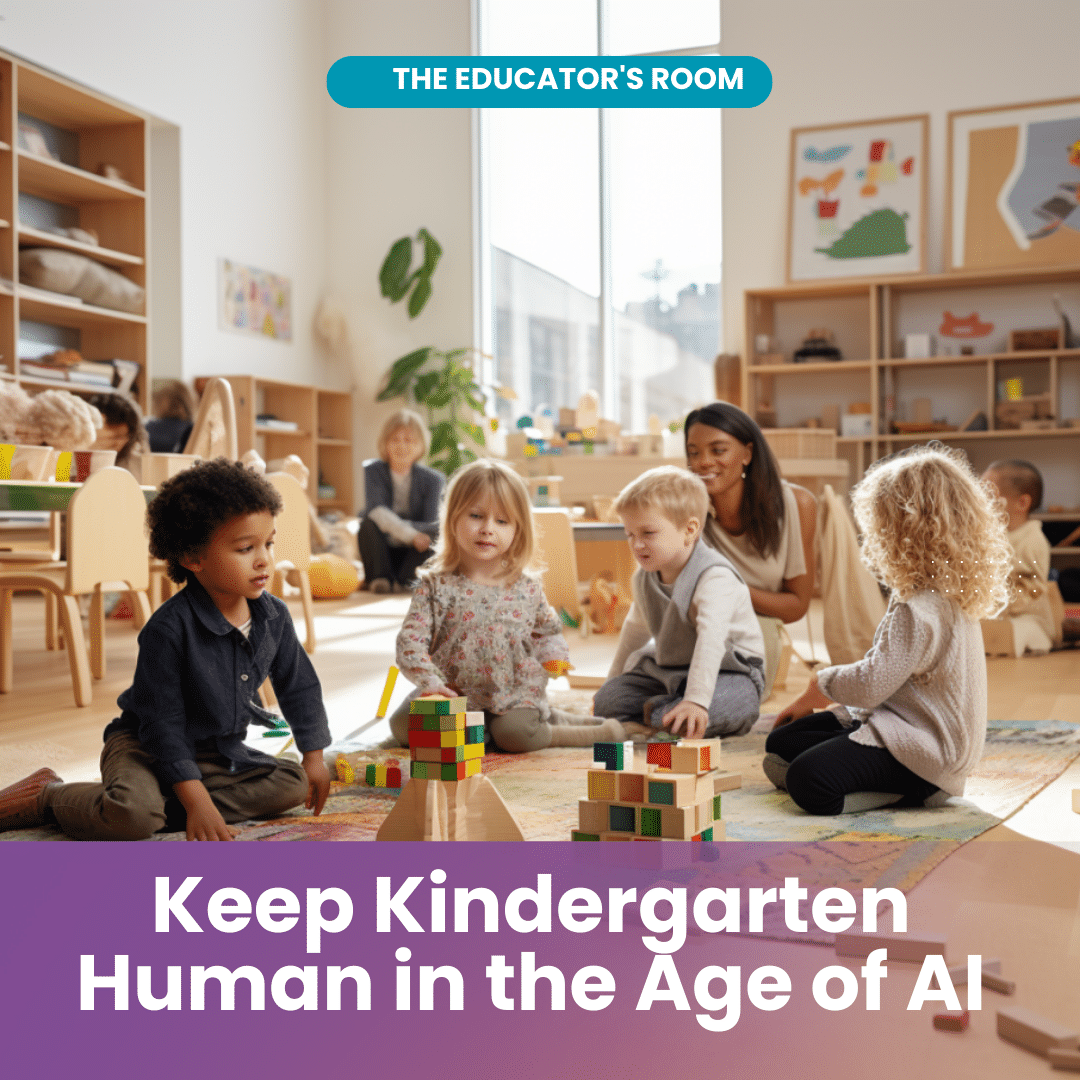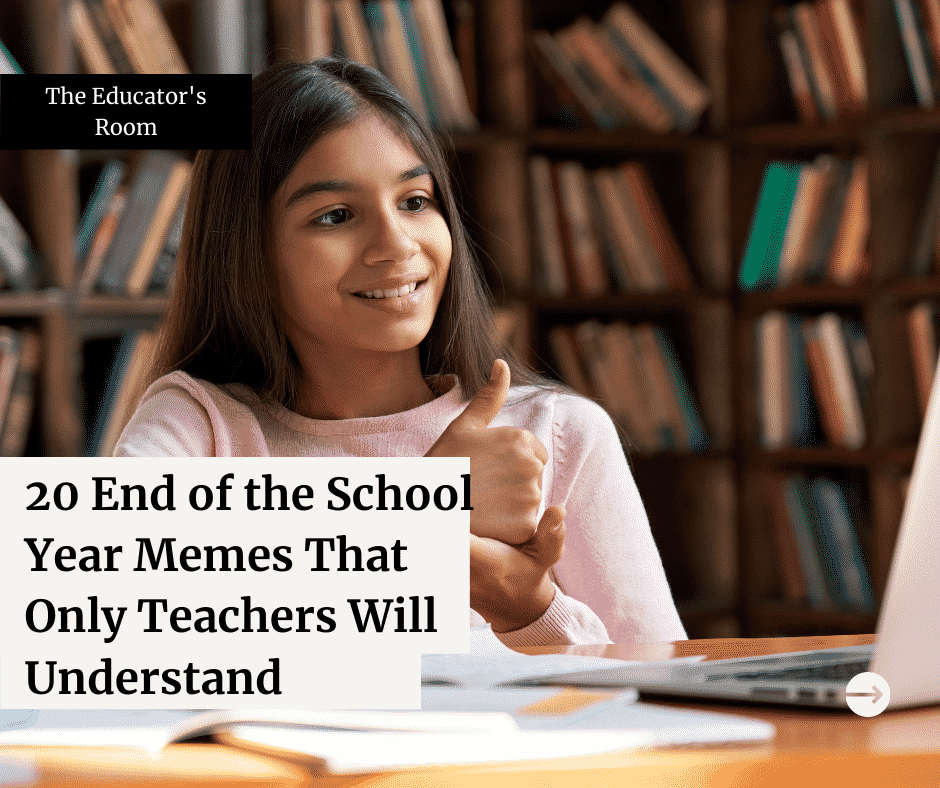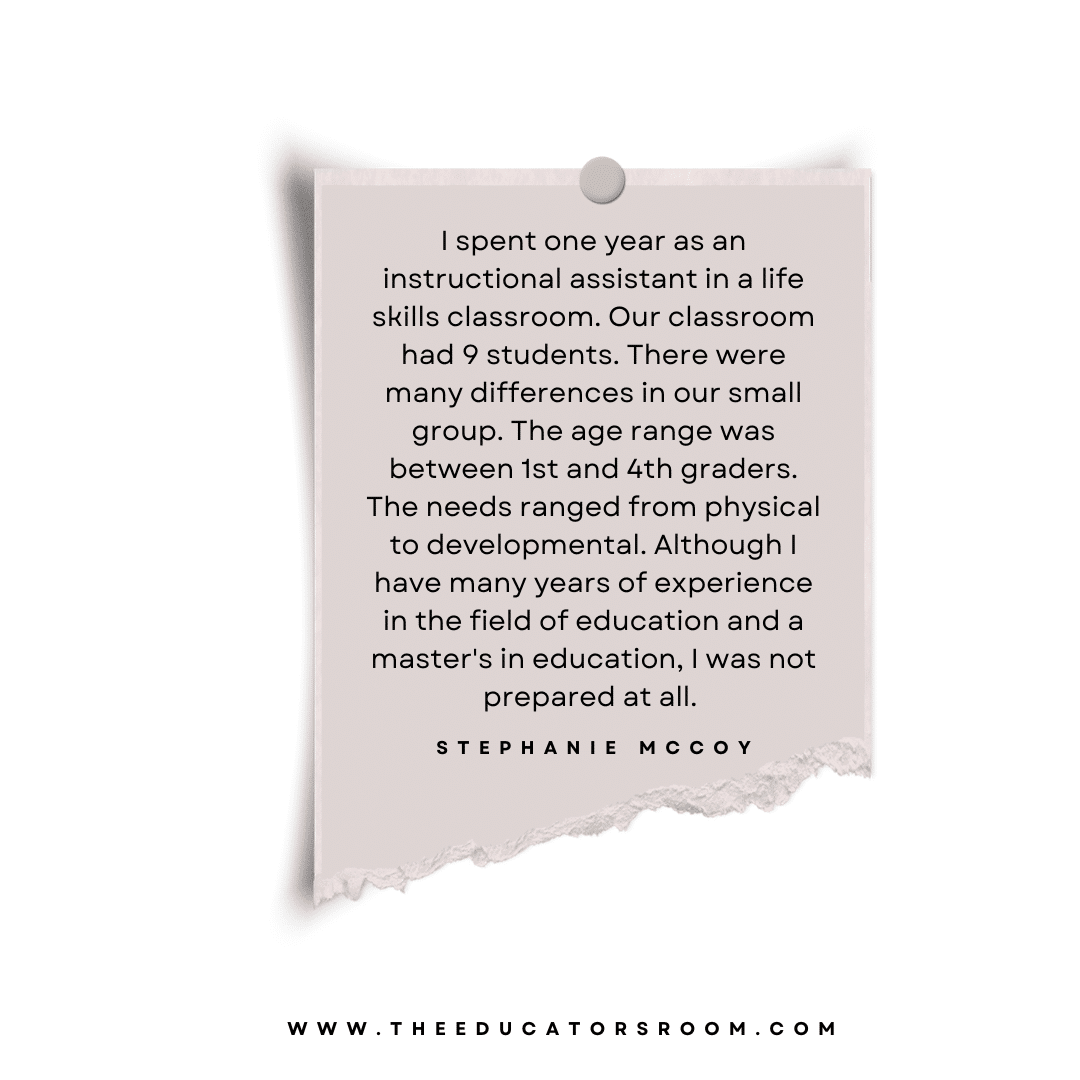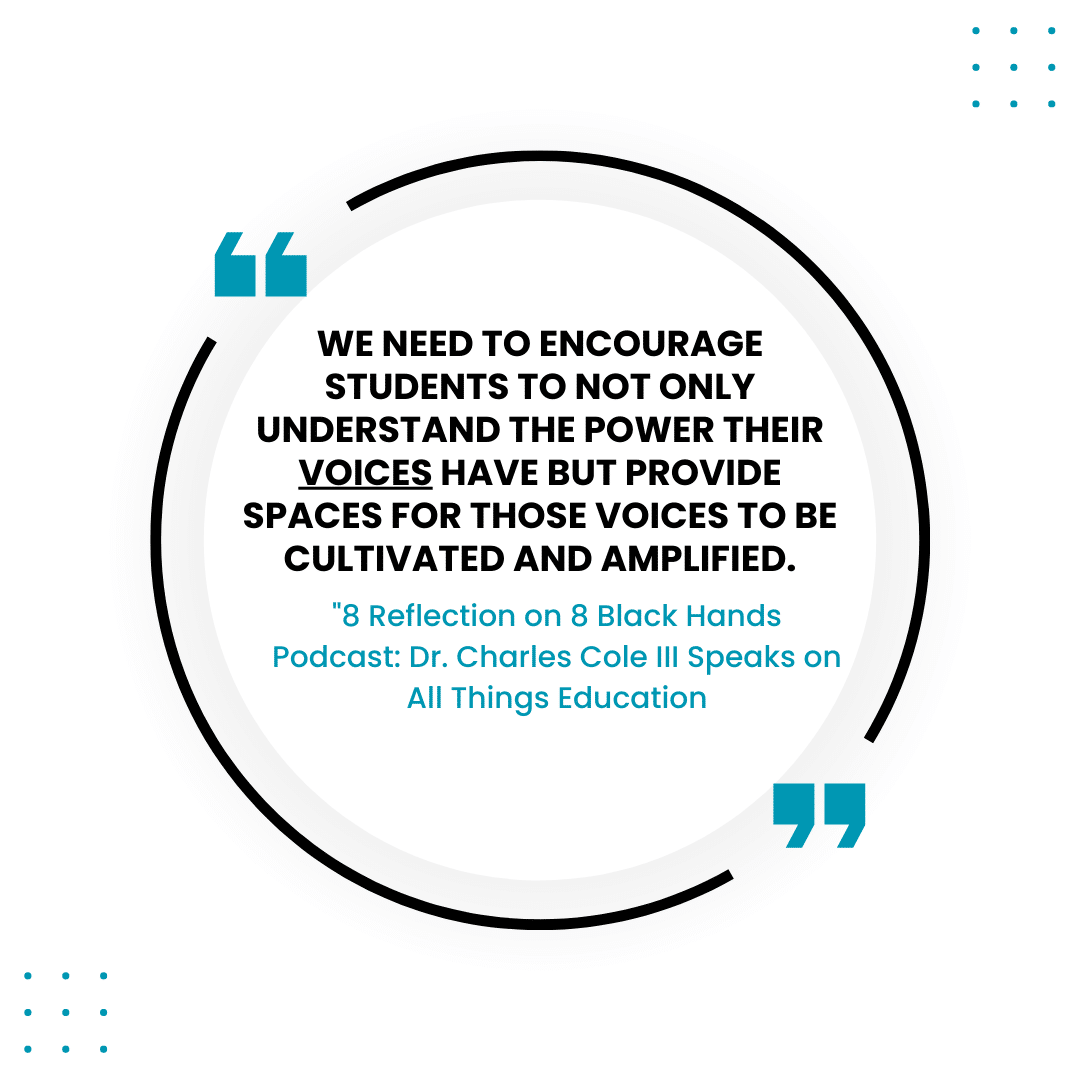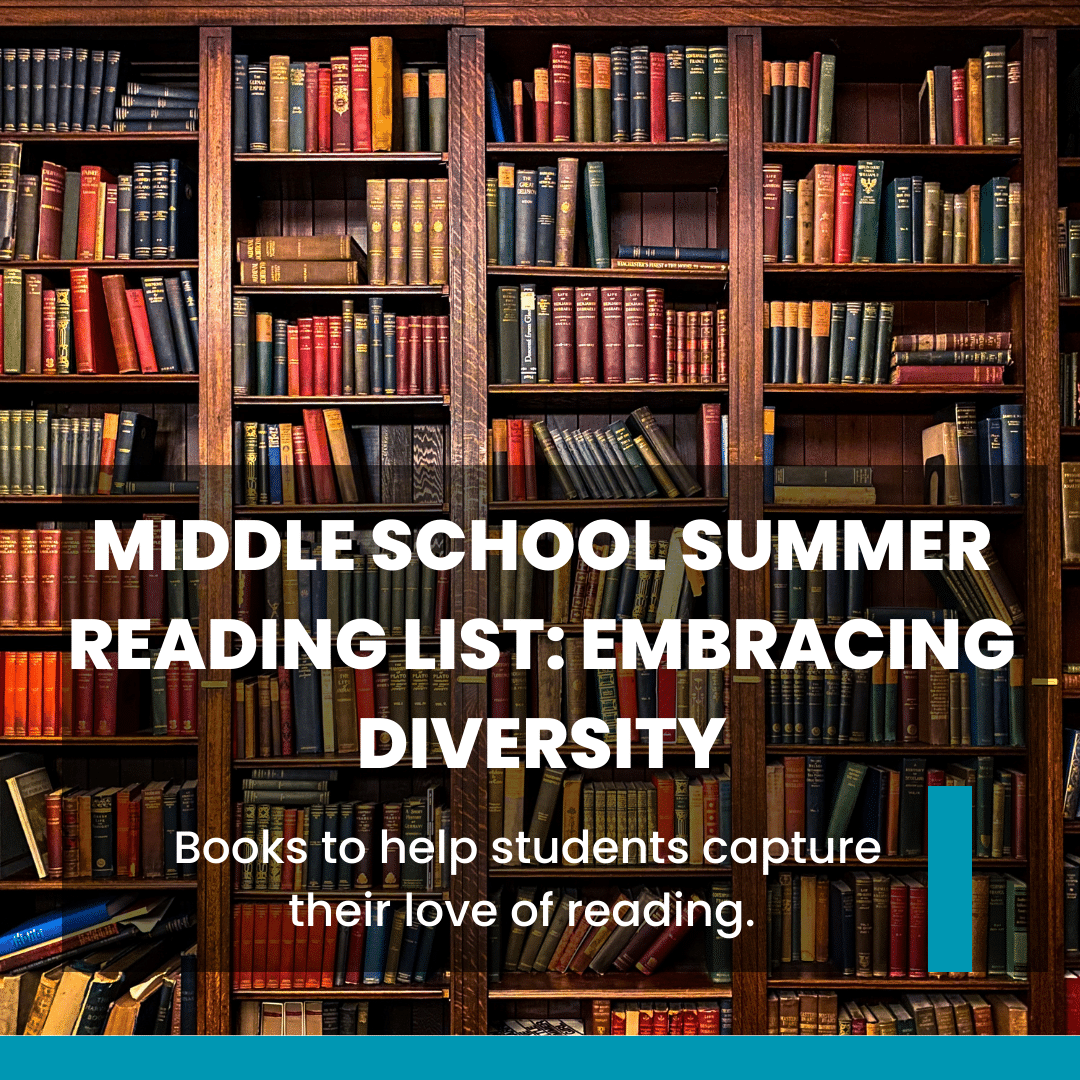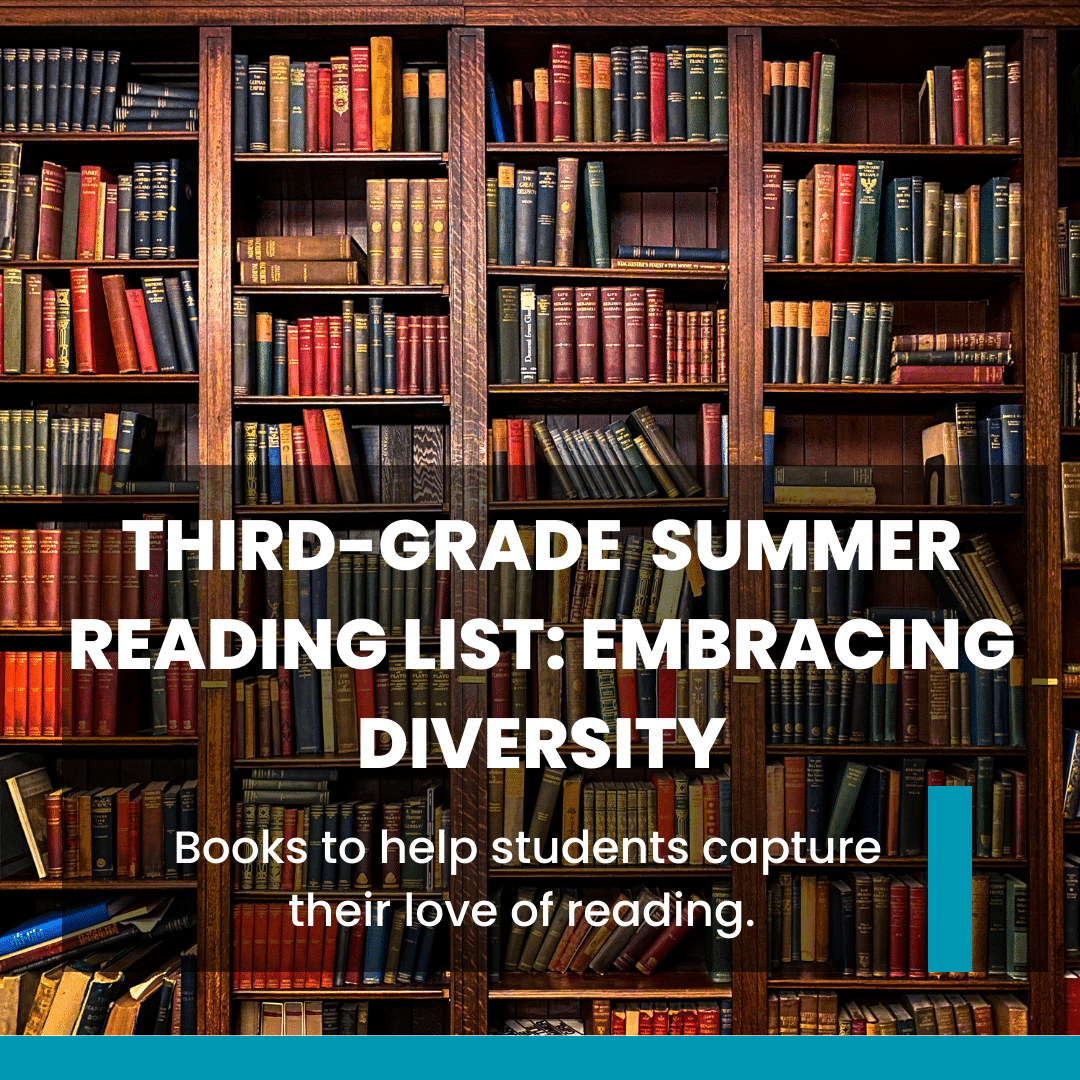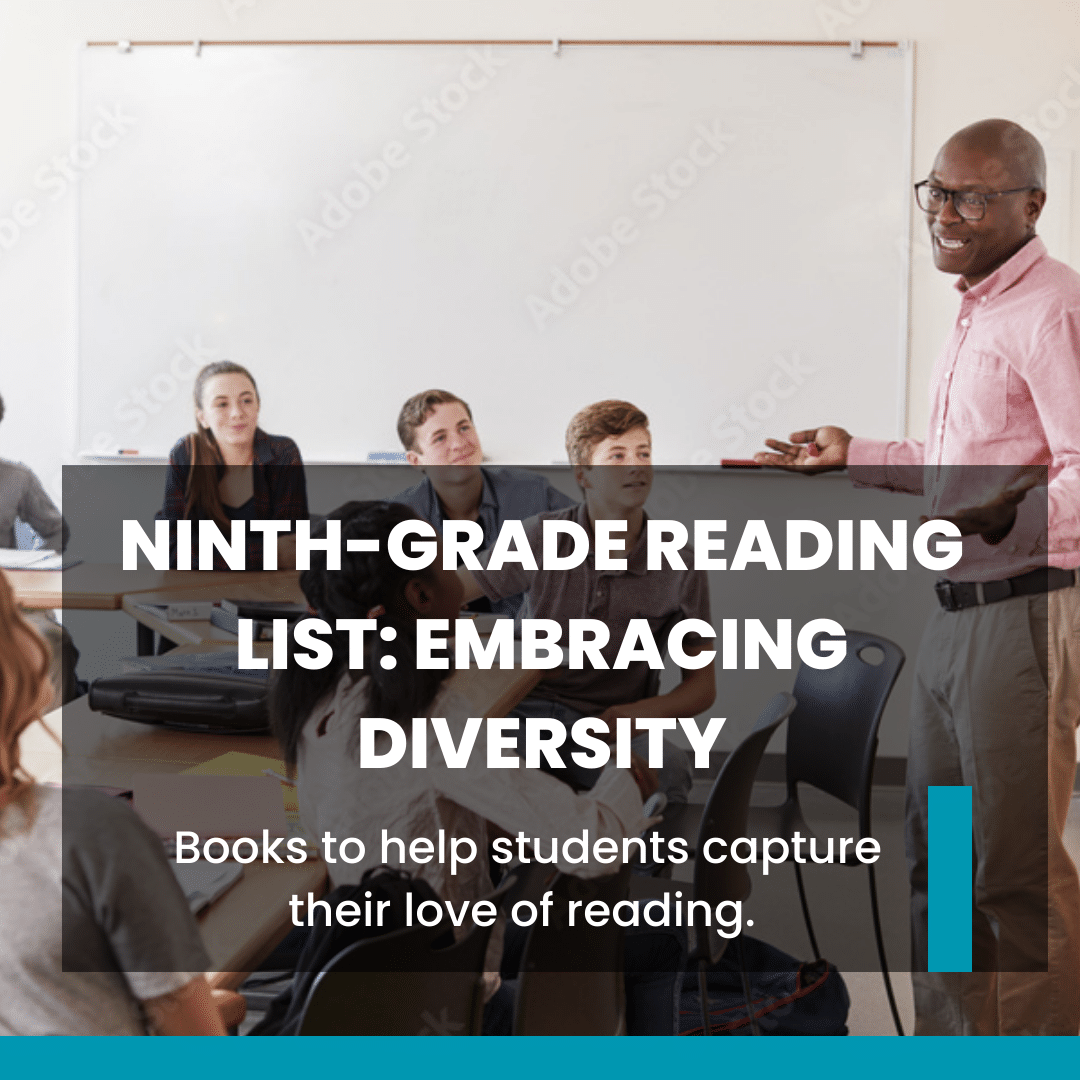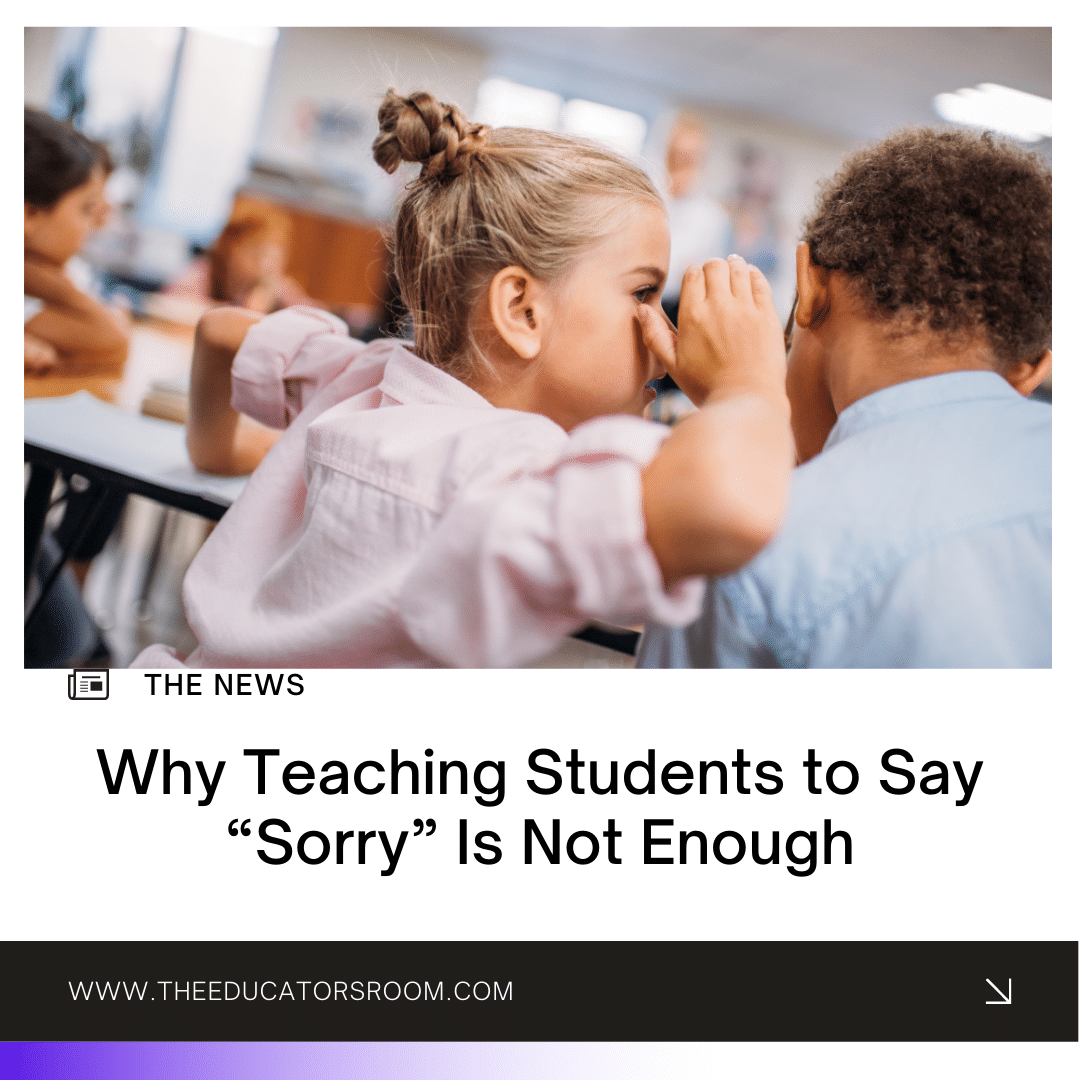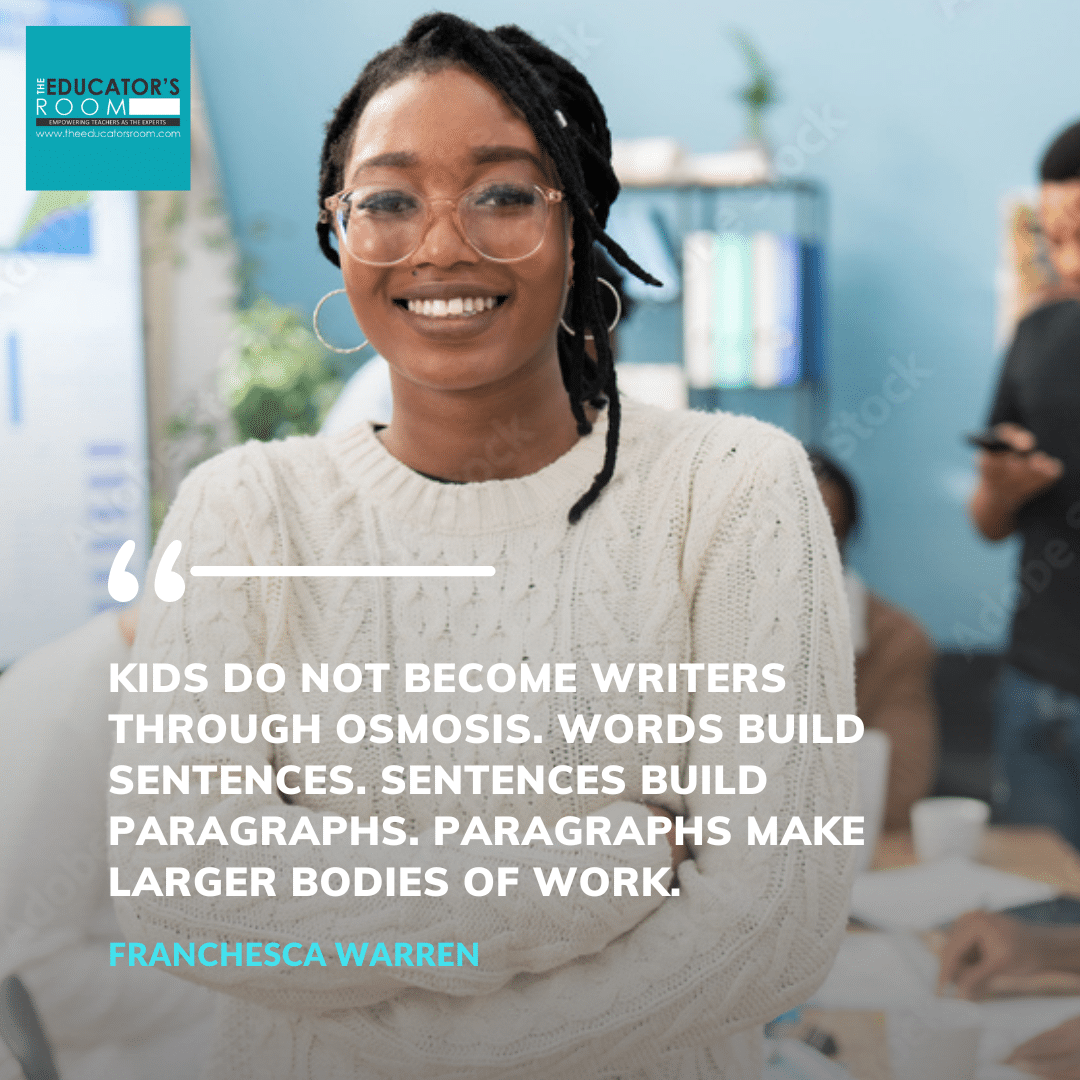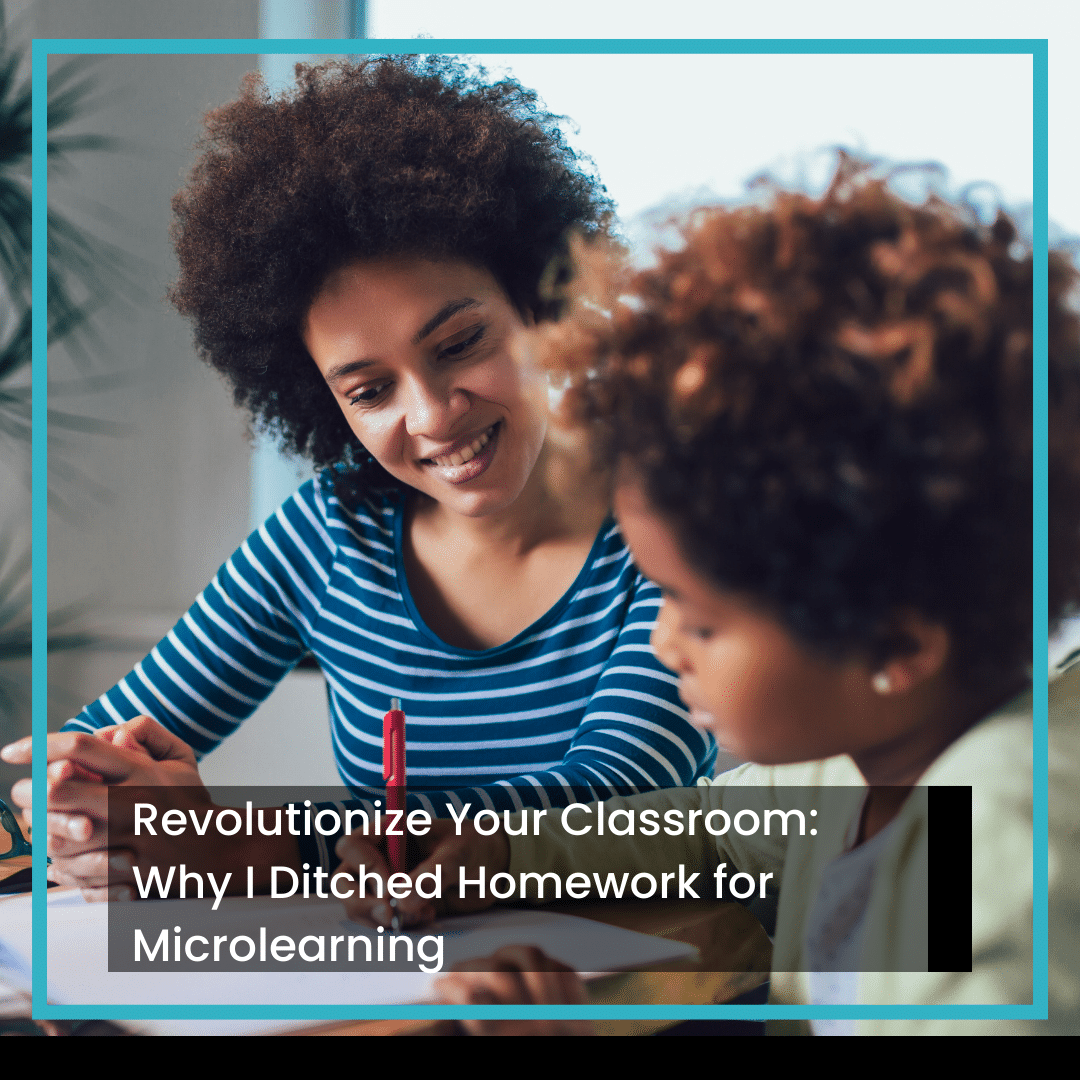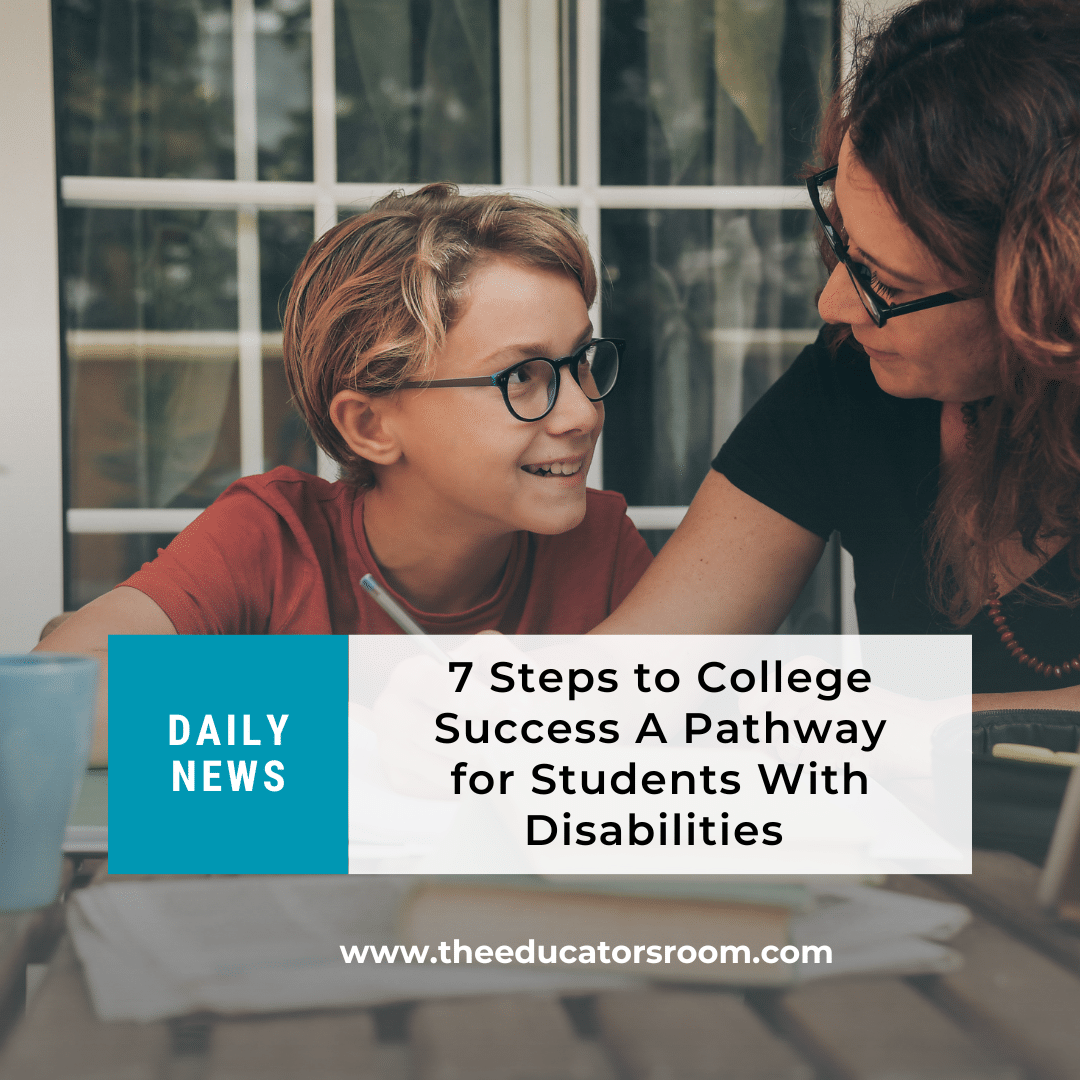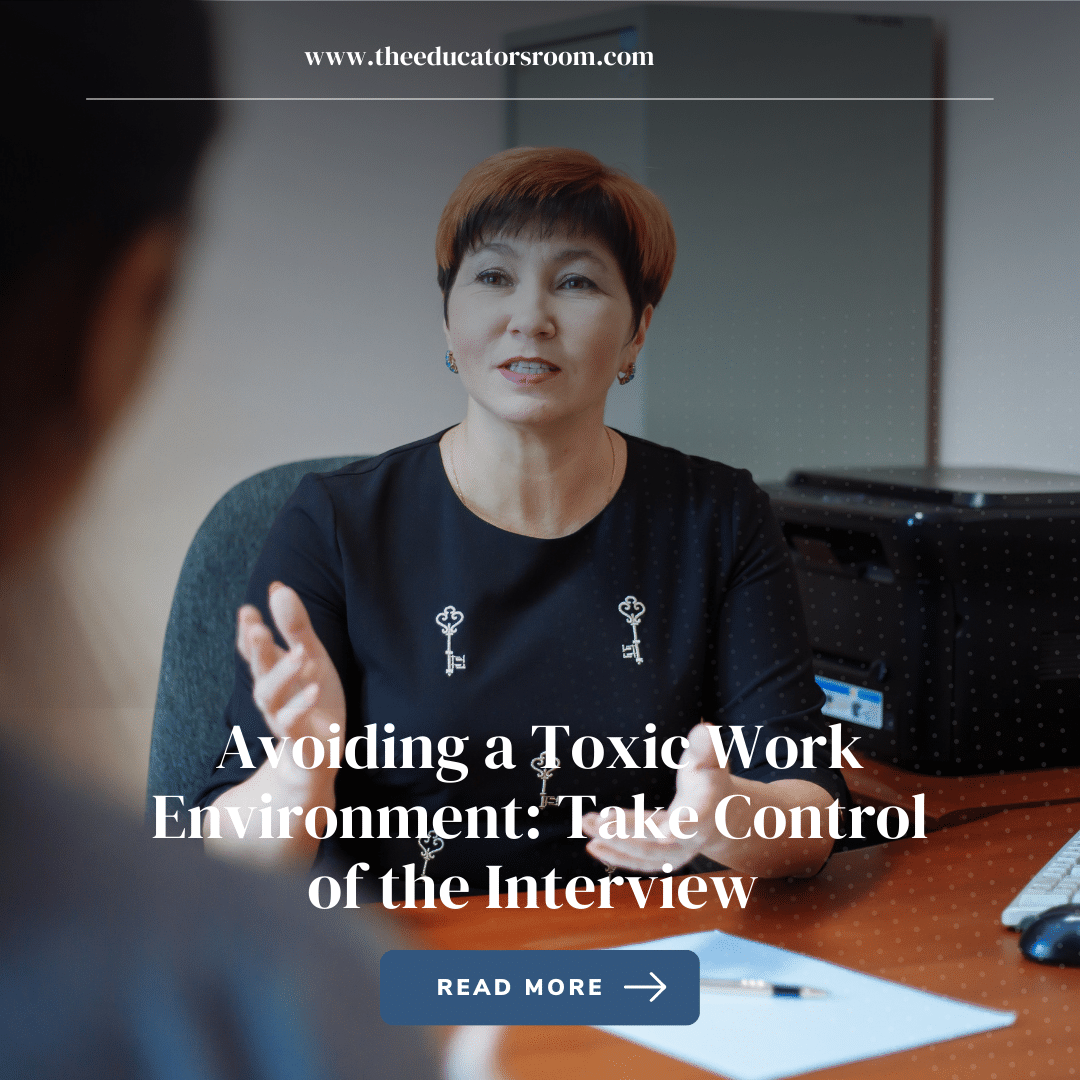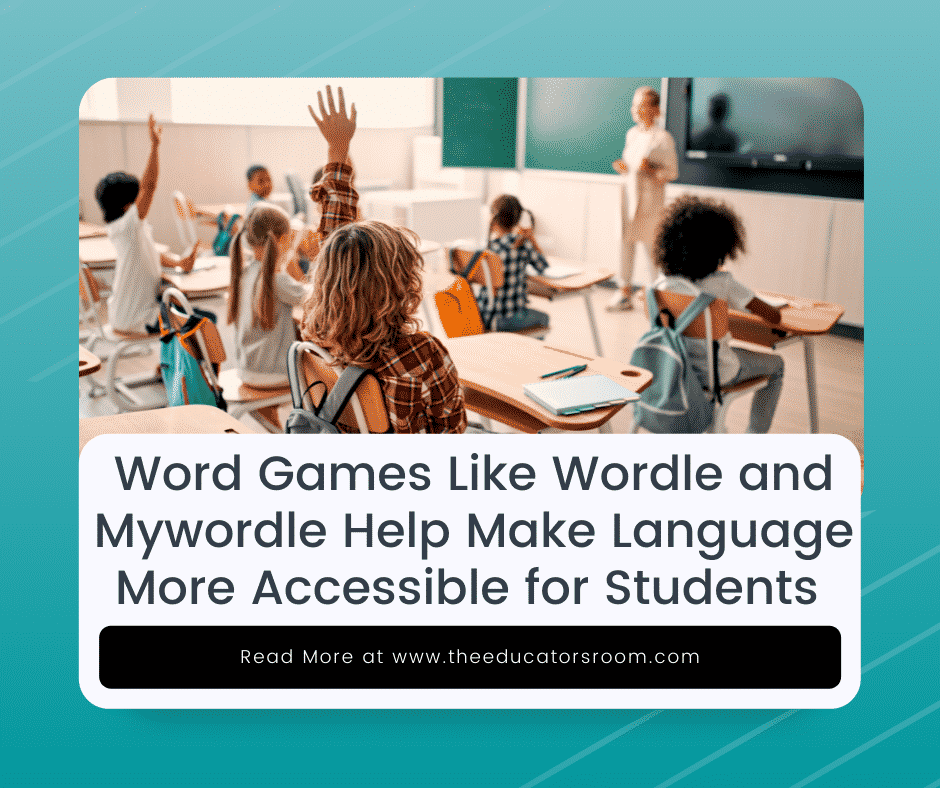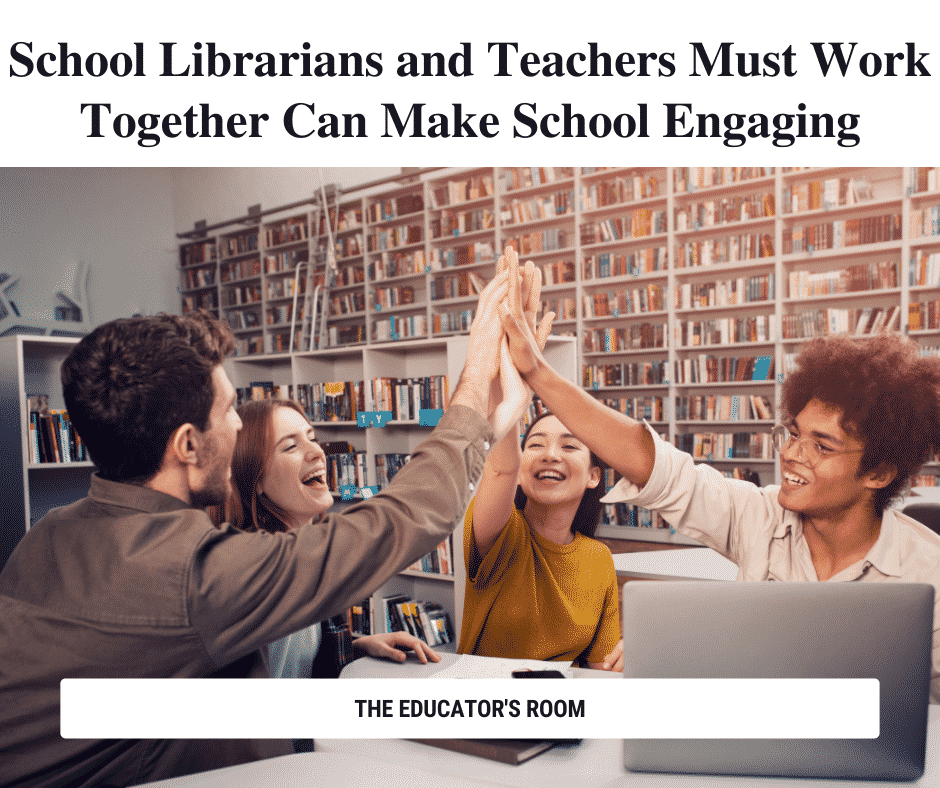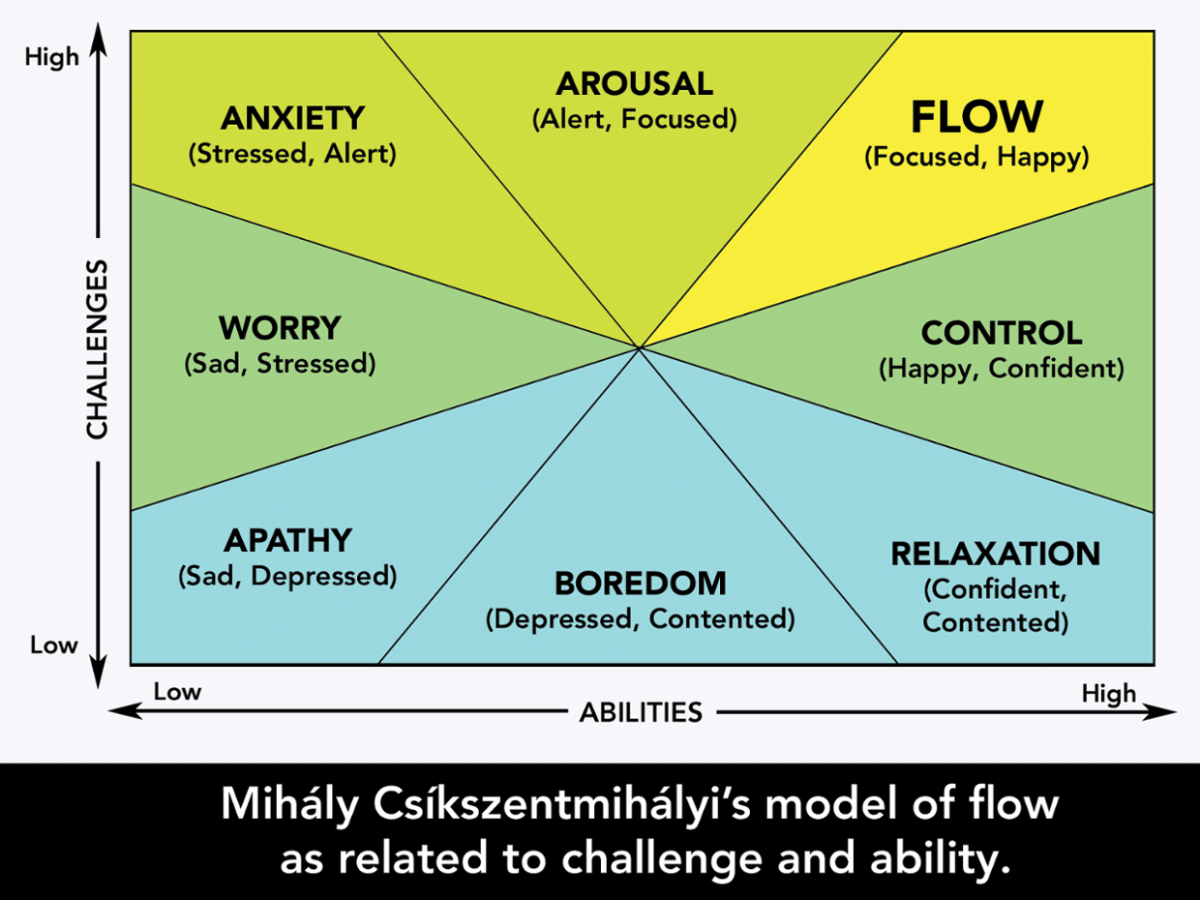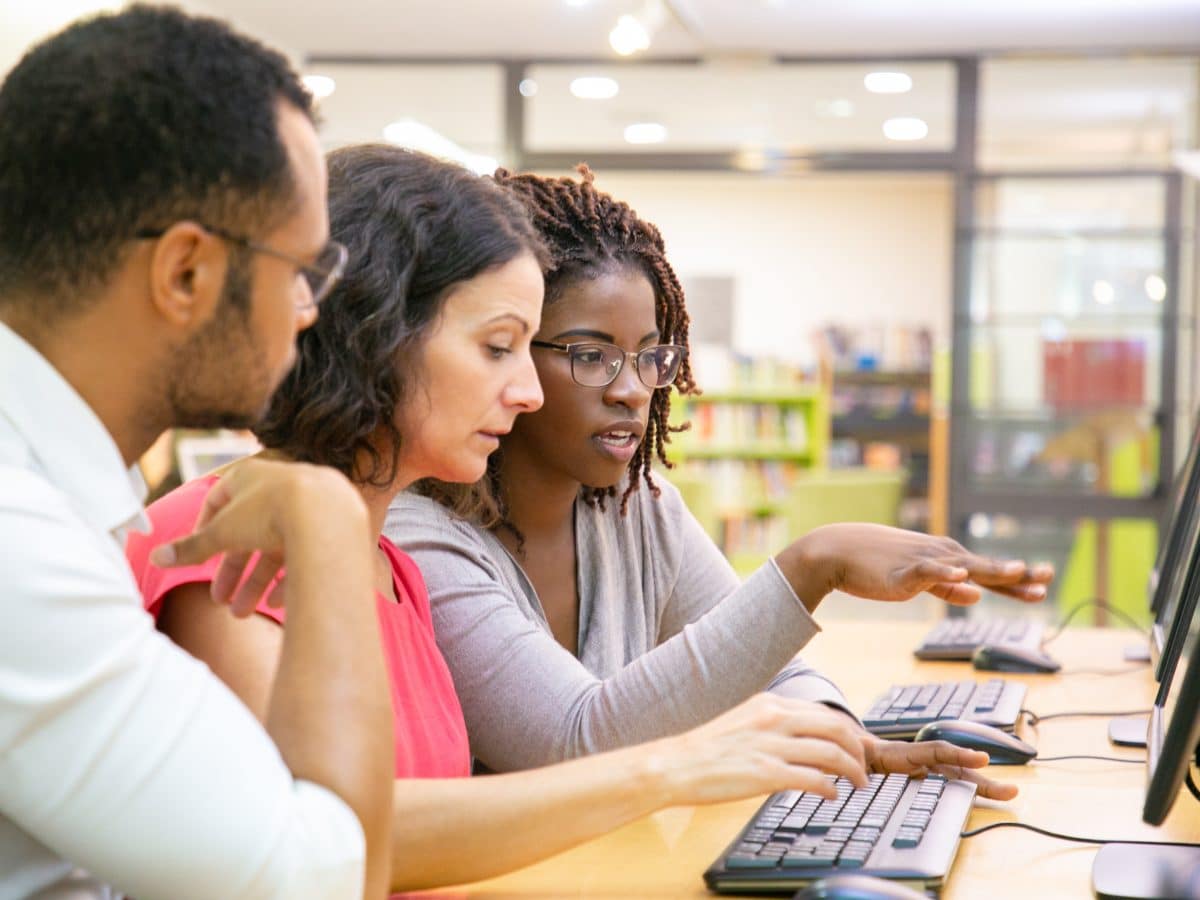As an ELL teacher for over ten years, one of the things I am asked the most about multilingual students by classroom and content teachers is student engagement. Sometimes, the questions are about paying attention, lack of motivation, not completing work, staying silent, or just general worries about whether they understand anything at all. Until […]
Scholastic reverses censoring “Share Every Story, Celebrate Every Voice” collection
In a letter addressed to their authors and community, Scholastic Trade Publishing President Ellie Berger revealed that Scholastic has reversed its previously contentious decision regarding the optional status of diverse texts at Scholastic Book Fairs. This letter was not released to the public but posted on social media last night by several authors, who addressed […]
Scholastic faces criticism for creating separate section for BIPOC authors
Scholastic, a staple in children’s literature, has sparked controversy with its recent decision to create a separate section called “Share Every Story, Celebrate Every Voice” for diverse titles at its Book Fairs. Each Rising Voices Library was designed for students to have access to high-interest, culturally relevant texts that celebrate the stories of the historically underrepresented. […]
Tough Conversations: Creating a Safe Space with Class Meetings around the Israeli-Palestinian Conflict
During the past few weeks, our news feeds have become inundated with stories regarding the escalating Israeli-Palestinian conflict. Websites and news outlets update their information every few minutes, and social media has run amok with personal accounts of the atrocities of a civil war. As educators, it’s our job to help our students navigate these […]
Fluent in Expression, Rich in Identity: How Stories Transform English Learners
English Learners: In the bustling library at Kennedy High School in Richmond, CA, Carlos, a determined senior, recently embarked on an inspiring journey. He was preparing a presentation for the upcoming Latinx Heritage Month Celebration, eager to present options for cultural games that his peers could vote on. He came to me to help him […]
Dyslexia Awareness Month: A student and her mother’s journey
October is Dyslexia Awareness Month. As a twenty-two-year veteran teacher, I admittedly am not very familiar with it, but I know about the importance of seeking out the experts. As a lifelong learner, I wanted to learn more about how I can help these students who might enter my classroom. But what better way to […]
Keep Kindergarten Human in the Age of AI
We’ve heard a lot about artificial intelligence (AI) in the classroom, from software that can ace exams to programs that aim to catch cheaters. But one intersection needs a closer look: the consequences of AI for early childhood education, especially in kindergarten. Long ago, our school system was modeled after factories, incorporating principles of standardization, […]
20 End of the School Year Memes That Only Teachers Will Understand
It’s the day that many of us teachers look forward to all year long- the last day of school. We’re tired from spending 180+ school days encouraging, disciplining, working with our students. So just like any great year, we have some end-of-the-year memes just for teachers.
Whole Child, Whole Life: The Book Educators have been Asking for
Amidst the growing mental health crisis engulfing both our students and society, Stephanie Malia Krauss has written the book teachers have been asking for. Whole Child, Whole Life: 10 Ways to Help Kids Live, Learn and Strive is a 296-page mental health toolkit written to help teachers meet the diverse needs of each child. […]
Special Education: As IEP Goals Evolve, So Should School Offerings
I spent one year as an instructional assistant in a life skills classroom. Our classroom had 9 students. There were many differences in our small group. The age range was between 1st and 4th graders. The needs ranged from physical to developmental. Although I have many years of experience in the field of education and […]
Reflection on 8 Black Hands Podcast: Dr. Charles Cole III Speaks on All Things Education
I recently participated in a virtual space with members of 8 Black Hands, an education podcast I have had the privilege of listening to for the past year. I have learned so much from the wisdom Christopher Stewart, Sharif El-Mekki, Raymond Ankrum, and Dr. Charles Cole III share. I am continually challenged and edified by […]
Teachers are out for the Summer. Here are the Top Streaming Shows and Movies to Watch
Are you out for the summer and wondering what to watch? We’ve pulled the top streaming shows and movies for the 2023 summer season- according to educators. Please be sure to watch these from the pool, your porch, or in your bed! Top Shows These are the top streaming shows and movies, according to educators. […]
Middle School Summer Reading List
As educators, we are responsible for cultivating an inclusive learning environment that values and celebrates diversity. One powerful way to achieve this is by providing students with a diverse reading list that exposes them to different cultures, experiences, and perspectives. Here is a reading list specifically curated for your middle school summer reading list. Each […]
Eleventh-Grade Summer Reading List for Students
As educators, we are responsible for cultivating an inclusive learning environment that values and celebrates diversity. One powerful way to achieve this is by providing students with a diverse reading list that exposes them to different cultures, experiences, and perspectives. Here is a reading list specifically curated for your eleventh-grade summer reading list. Each book […]
Recommended Chapter Books for 3rd Grade Summer Reading List
Reading is a powerful tool that helps children explore new worlds, develop empathy, and broaden their perspectives. In a diverse and multicultural world, it is essential to expose young readers to literature that reflects a variety of backgrounds and experiences. In this article, we will recommend a selection of diverse chapter books that are perfect […]
Tenth Grade Summer Reading List: Embracing Diversity & Unlocking Imagination
Educators are responsible for cultivating an inclusive learning environment that values and celebrates diversity. One powerful way to achieve this is by providing students with a diverse reading list that exposes them to different cultures, experiences, and perspectives. Here is a reading list curated explicitly for your tenth-grade reading list. Each book on this tenth-grade […]
Ninth Grade Summer Reading List: Embracing Diversity & Unlocking Imagination
As educators, we are responsible for cultivating an inclusive learning environment that values and celebrates diversity. One powerful way to achieve this is by providing students with a diverse reading list that exposes them to different cultures, experiences, and perspectives. Here is a reading list specifically curated for your ninth-grade summer reading list. Each book […]
Tea, Bannock & Poetry – A Teacher’s Tale
I pulled into the parking lot and parked in my usual place. I was always early, and there was only one other car in the parking lot. I hopped out and got my extension cord to plug in the block heater. The cord was still frozen and had to be carefully untangled. The drive to […]
Why Teaching Students to Say “Sorry” Is Not Enough
You’re eight years old, and another student pushes you because they wanted to be first in line. Exasperated, your teacher tells the other child to say “sorry.” “Soooooory,” the child exclaims, rolling their eyes. “Say it like you mean it,” your teacher chides. “Sorry!” the other student yells a little more enthusiastically but still with […]
Acknowledging and Celebrating Bilingual and Multilingual Students and Families
April is over. However, we acknowledge, celebrate, and honor multilingual and bilingual students and families continues. As we come to the end of another month, some might see it as a couple of months closer to summer break, others as another month closer to the holidays, but some see it as an opportunity to embrace […]
Pilot Lights, Lighthouses, and Marathons: Channeling Teacher Energy
The Spring Baking Championship is a popular series on the Food Network, and even though this is the ninth season, the most common challenge for the bakers is time management. There is no short supply of articles and memes helping people increase awareness of and build the skill of time management. As an educator, I […]
Teaching Writing to Secondary Students is Hard, But It’s Necessary
During my first year of teaching, I had a brilliant student named Joshua*. Joshua was a Junior who was wise beyond his years. He loved to talk about books. He loved to debate different topics in class. However, it wasn’t until we read the cult favorite, The Color Purple, during the first nine weeks when […]
Revolutionize Your Classroom: Why I Ditched Homework for Microlearning
Guest Writer: Jess Lyons After almost 20 years of teaching, I have realized a few things. One, there is no monetary value that anyone can put on treats in the staff breakroom, and two, that traditional homework assignments are about as practical as teaching a cat to fetch. Sure, some students may thrive with homework, […]
Fighting Fake News: A Book Review for Educators
From political conspiracy theories to the drama of who’s dating who in the celebrity sphere, fake news is all around us. It bombards us from the magazine racks in the grocery store checkout lanes. It pops up on our social media feeds, enticing us to click to see more. Sometimes it even makes it to […]
7 Steps to College Success A Pathway for Students With Disabilities
As a special education teacher, I recently had the pleasure of reviewing Elizabeth C. Hamblet’s book, “7 Steps to College Success: A Pathway for Students with Disabilities” (2023). The book focuses on the transition from K-12 services to higher education services, providing a clear and concise guide to help students with disabilities navigate the process. […]
Avoiding a Toxic Work Environment: Take Control of the Interview
Guest Writer: Jess Lyons As spring rolls along and the end of another school year is on the horizon, many educators sit at an interview table. New teachers begin applying for that first teaching job, and veteran teachers look for ways to extend their expertise. There is no denying that the stakes are high during […]
Poverty by America, An Educator’s Review
The Pulitzer Prize-winning author of Evicted, Matthew Desmond, is out with a new book, Poverty by America that speaks to the problem of poverty, the heartbreaking reasons why it persists, and what can be done to solve it. Desmond explains that “Poverty isn’t a line. It’s a tight knot of social maladies. It is connected […]
Embracing Deaf Representation: Strategies for Fostering Inclusivity in Education
Have you signed up for The Educator’s Room Newsletter? Click here and support independent journalism! Picture this: I once taught at a school that served preschool through fifth grade, including students who were Deaf or Hard of Hearing. But despite our efforts to create an inclusive learning environment, there was a noticeable lack of understanding […]
Native American Deaf History is American Deaf History
Have you signed up for The Educator’s Room Newsletter? Click here and support independent journalism! As we celebrate another Deaf History Month, I am reflecting on the excitement I felt experiencing American Sign Language (ASL) highlighted in Super Bowl LVII. The unique and creative rendition of the “Star Spangled Banner” by Troy Kotsur, the first […]
Check Your Bias and Do the Work: What Teachers Can Learn from Angel Reese
Have you signed up for The Educator’s Room Newsletter? Click here and support independent journalism! As a former high school basketball player, and perhaps more importantly, as a Black woman, I found myself triggered by the “outrage” over Angel Reese’s end-of-the-game gesture that was deemed by some as a “classless taunt.” It brought me back […]
Finding Jungles in the City
Sparking Scientific Curiosity Through Relevance One of the problems with STEM education in the United States is its accessibility. Specifically, the inaccessibility gap between students from well-resourced schools and those without. Having AP course offerings, funding for lab materials, access to structured readiness programs, and even something as simple as an Algebra II class can […]
Teachers Need More Than Affirmations
A Review of Jamie Sears’ How to Love Teaching Again How to Love Teaching Again: Work Smarter, Beat Burnout, and Watch Your Students Thrive by Jamie Sears, former elementary teacher and founder of Not So Wimpy Teacher, was, to put it simply, not for me. My critiques of this book are multifold, but I’d like […]
The Perfect Storm: How Standardized Testing and the Pandemic are Pushing Teachers to Substance Abuse
Have you signed up for The Educator’s Room Daily Newsletter? Click here and support independent journalism! How many of you go home after a challenging and stressful day in the classroom and kick back with a few drinks or other substances to help you unwind? Are you finding this is happening more and more frequently? […]
From the Classroom to the Bedroom: Tips for Educators to Get More Rest
Have you signed up for The Educator’s Room Newsletter? Click here and support independent journalism! Undoubtedly, as educators, we have all had some sleepless nights. There is a never-ending to-do list that haunts our desks during the day. The attention our students require is mentally and physically draining. We teachers have every reason to be […]
Why I Threw Out My Science Textbook
Students need access to BIPOC and LGBTQ perspectives across content areas Have you signed up for The Educator’s Room Daily Newsletter? Click here and support independent journalism! “I wish every month was Black History month.” “Shut up about it already and get over it; it’s over, accept it and move on.” A year later, this […]
What Muslim Students Want Teachers to Know about Ramadan
Ramadan Mubarak! The holy month of Ramadan begins in the next two weeks and lasts 30 days. During this month, which celebrates when the Quran was given to the Prophet and the people, devout Muslims refrain from eating, drinking water, and other activities from sunrise to sunset. At the high school I teach in, about a […]
Teaching Strategies for Gen Z Students
Have you signed up for The Educator’s Room Daily Newsletter? Click here and support independent journalism! As a teacher belonging to the older generations, Generation X, my personal style growing up featured Doc Martens boots, flannel shirts, and leather jackets. I have a deep fondness for classic arcade games such as Pac-Man and Space Invaders. […]
How Educators Can Honor Judith Heumann’s Legacy
Judith Heumann’s passing is a reminder to teach about inclusivity and disability rights Have you signed up for The Educator’s Room Daily Newsletter? Click here and support independent journalism! I have taught for nearly two decades, and I have had the privilege of working with diverse students, each with unique backgrounds, experiences, and struggles. These […]
Struggling to Learn: How Decreasing SNAP Benefits Will Hurt Students
Have you signed up for The Educator’s Room Daily Newsletter? Click here and support independent journalism! In the state that I teach in, one in three students depend on SNAP benefits for food. More than half of my state’s students come from low-income households. On a single teacher’s salary, my two children qualify for free […]
Create Sensory Spaces to Support Student Mental Health
Have you signed up for The Educator’s Room Daily Newsletter? Click here and support independent journalism! A Journey to Support Student Social-Emotional Well-Being Recently, our elementary school went on an amazing journey to help find innovative ways to support the daily mental health of our students. The process was an exciting adventure! As a school […]
Word Games Like Wordle and Mywordle Help Make Language More Accessible for Students
Have you signed up for The Educator’s Room Daily Newsletter? Click here and support independent journalism! Choosing your words sensibly… Wordle is an online word game and, over the past month, has taken the internet by storm. Josh Wardle developed the game in response to his companion’s affection for word games. Now, just a few […]
School Librarians and Teachers Must Work Together To Make School Fun
How together school librarians and teachers can make school fun and more enjoyable for students through collaboration.
ACLU issues letter to college and university presidents about student protests
In an open letter to college presidents in response to student protests, the ACLU executive director stressed the essentiality of academic freedom and free speech and the need for universities to protect them. Currently, there are students protesting around the world in response to what they see as the extreme measures Israel has taken in […]
School Shootings: When the drills become real
Within twelve days, The Dallas-Fort Worth area has experienced two school shootings. The first shooting occurred at Wilmer-Hutchins High School in Dallas, Texas, on April 12, 2024. A teenage boy was shot in the leg by a 17-year-old, who sneaked a .38 revolver into the school, past several metal detectors. A Wilmer-Hutchins teacher’s courageous efforts […]
Biden-Harris Administration announces changes to school nutrition menus
The U.S. Department of Agriculture has announced changes to school nutrition guidelines impacting the meals students are served in schools across America. In an announcement on Wednesday, Secretary Tom Vilsack announced six major steps to take between Fall 2025 and Fall 2027 to school nutrition in schools, which include less sugar and greater flexibility with […]
Tennessee moves to arm teachers with guns with Senate Bill 1325
On April 9, the Tennessee House Republicans passed Senate Bill 1325 with a 68-28 vote that will make it legal for some teachers and school staff to carry guns inside the classroom and stop parents and other teachers from knowing who was armed. Senate Bill 1325 reads as…Teachers, Principals and School Personnel – As introduced, […]
Addressing the Need: Spanish-speaking immigrants and access to special education resources
Spanish-speaking families: Growing up, my pride in my Hispanic heritage defined much of my identity. As a proud Latina, being Argentinian was a source of immense joy and pride for me. I eagerly took any opportunity to share stories about my father’s journey from Argentina to the United States, leaving his family behind for a […]
Active Learning: Nothing Can Stop The Flow!
We’ve all been there. That moment when you’re completely absorbed in the experience. You’re in active learning- the zone. You’re somehow calm, focused, and intense all at the same time. You’re like Scrooge at the end of A Christmas Carol, “I am as light as a feather, I am as happy as an angel, I […]
EARTH DAY: Free Download and Resources
Earth Day, celebrated annually on April 22nd, emerged as a global environmental movement in response to growing concerns about pollution, environmental degradation, and the need for conservation efforts. Senator Gaylord Nelson of Wisconsin conceived the idea for Earth Day, inspired by anti-war protests, and sought to harness the energy of grassroots activism to raise awareness […]
Classroom to Classroom Pipeline: Recruiting teachers post Covid
Imagine the student who always said they wanted to be a teacher. Now imagine this same student was not only encouraged from an early age but also provided opportunities to cultivate the skills necessary to become a teacher. Then, take it a step further and actually imagine putting our money where our mouth was as […]

